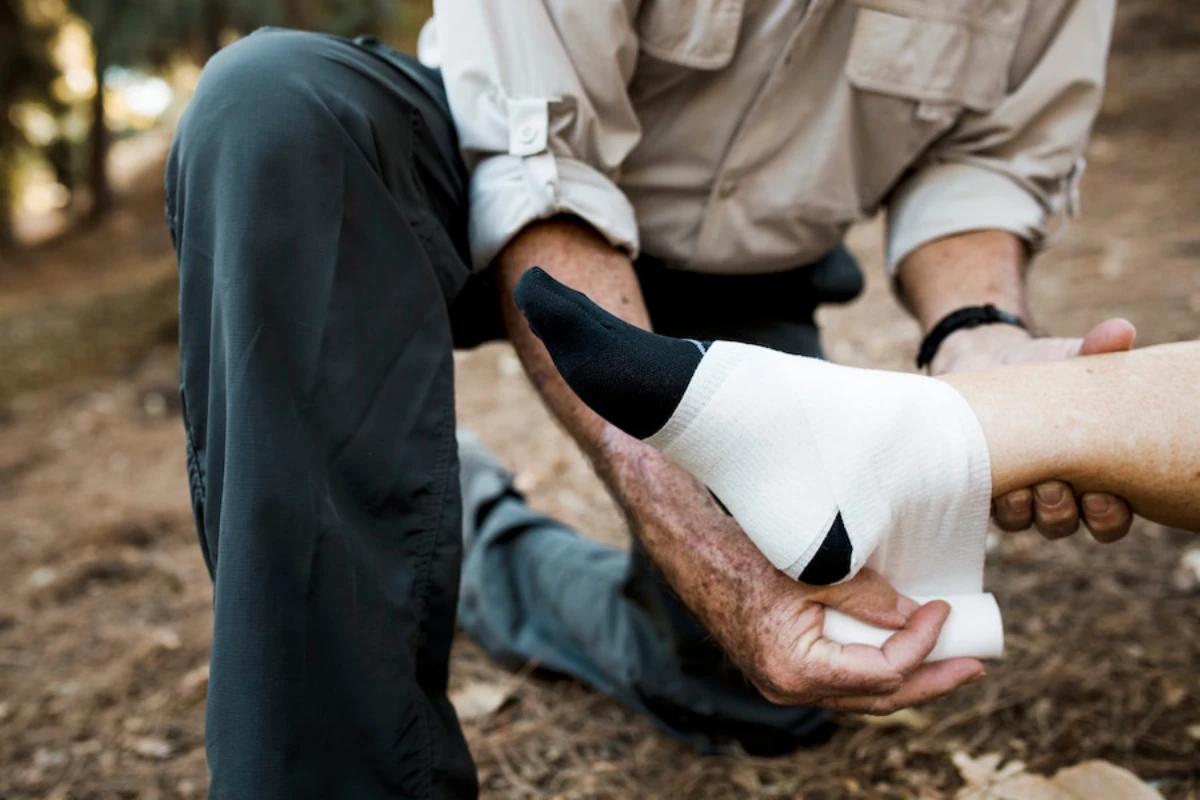Table of Contents
- Introduction to Catastrophic Injuries
- Types of Catastrophic Injuries
- The Road to Recovery: Navigating Healthcare
- Legal Aspects of Catastrophic Injuries
- Financial Implications of Catastrophic Injuries
- The Psychological Impact of Catastrophic Injuries
- Life After a Catastrophic Injury
- Prevention and Awareness Efforts
- Conclusion: The Collective Responsibility Toward Catastrophic Injury Victims
Introduction to Catastrophic Injuries
Catastrophic injuries are a distinct category of personal injuries that are particularly severe and long-lasting. They often lead to life-altering changes for the affected individuals and their loved ones. Long-term or permanent injuries can result from incidents such as motor vehicle accidents, workplace incidents, and falls from significant heights.
Types of Catastrophic Injuries
Catastrophic injuries fall under several categories, but the most common ones are spinal cord injuries (SCI), amputations, severe burns, multiple bone fractures, and traumatic brain injuries (TBI). Working closely with an attorney for catastrophic injuries with extensive experience can be very helpful in handling the many issues that result from these tragic events.
For example, SCIs may result in full or partial paralysis, which would significantly influence movement independently. At the same time, TBIs may cause drastic changes to a person’s personality and mental functioning. Every category has a different healing trajectory that might take months, years, or even a lifetime, and each one needs specialist medical care.
The Road to Recovery: Navigating Healthcare
For a survivor of a catastrophic injury, the initial phase of recovery is often spent in intensive care units to stabilize their condition. High-quality, immediate medical care is critical and could involve multiple surgeries or interventions.
Post-emergency care focuses on rehabilitation, where the injured individual’s recovery is fostered through physical therapy, occupational therapy, speech therapy, and other relevant treatments. This phase is vital for regaining as much functionality as possible.
Legal Aspects of Catastrophic Injuries
The aftermath of a catastrophic injury usually involves navigating a complex legal landscape, which may include pursuing compensation through personal injury claims or dealing with insurance companies.
Legal expertise becomes paramount because of the high stakes involved, including significant medical expenses and the need for long-term care. A knowledgeable legal professional can guide victims and their families through the process, ensuring they understand their rights and the intricacies of the legal system applicable to their case.
Financial Implications of Catastrophic Injuries
The financial toll of a catastrophic injury is often substantial. Immediate costs for emergency care and surgical procedures can quickly balloon, followed by a stream of expenses related to medications, rehabilitation, and, potentially, lifelong care.
Insurance might cover some of these costs but not all, so legal compensation is essential. Securing adequate settlement can provide a financial safety net for the impacted individual and their family, helping accommodate the drastic lifestyle adjustments required.
The Psychological Impact of Catastrophic Injuries
Catastrophic injuries not only damage the body physically, but they can also leave emotional and psychological scars. People who suffer from such injuries often face severe mental health problems like depression, PTSD, or anxiety disorders. Therefore, it is essential to include psychological support and mental health care as a vital part of a comprehensive recovery plan for catastrophic injuries.
Life After a Catastrophic Injury
The journey towards a ‘new normal’ following a catastrophic injury is permeated with challenges. Everyday activities may require adaptation, and simple tasks can become complex obstacles.
Nonetheless, with adaptive technologies, modifications in living spaces, and continual support, life can still be lived fully and joyfully. Inspirational tales of those who’ve overcome these challenges abound, reinforcing the message that while life may be different post-injury, it can still be meaningful and rewarding.
Prevention and Awareness Efforts
Many catastrophic injuries are preventable, and public health initiatives are essential in reducing their incidence. Safety campaigns, stricter regulations in high-risk industries, and public awareness efforts can foster an environment where potential hazards are acknowledged and mitigated.
Increasing knowledge on preventing common causes of catastrophic injuries is a requisite step in building safer communities and lowering the chances of these life-altering events.
Conclusion: The Collective Responsibility Toward Catastrophic Injury Victims
As a society, we share the responsibility of preventing catastrophic injuries and supporting those who have experienced such events. Through awareness, compassion, and action, we can contribute to a safety net for victims and survivors – from the medical treatment and legal support they receive to the social inclusion they experience. We are collectively responsible for creating environments that foster prevention, healing, and growth for those affected by catastrophic injuries.















